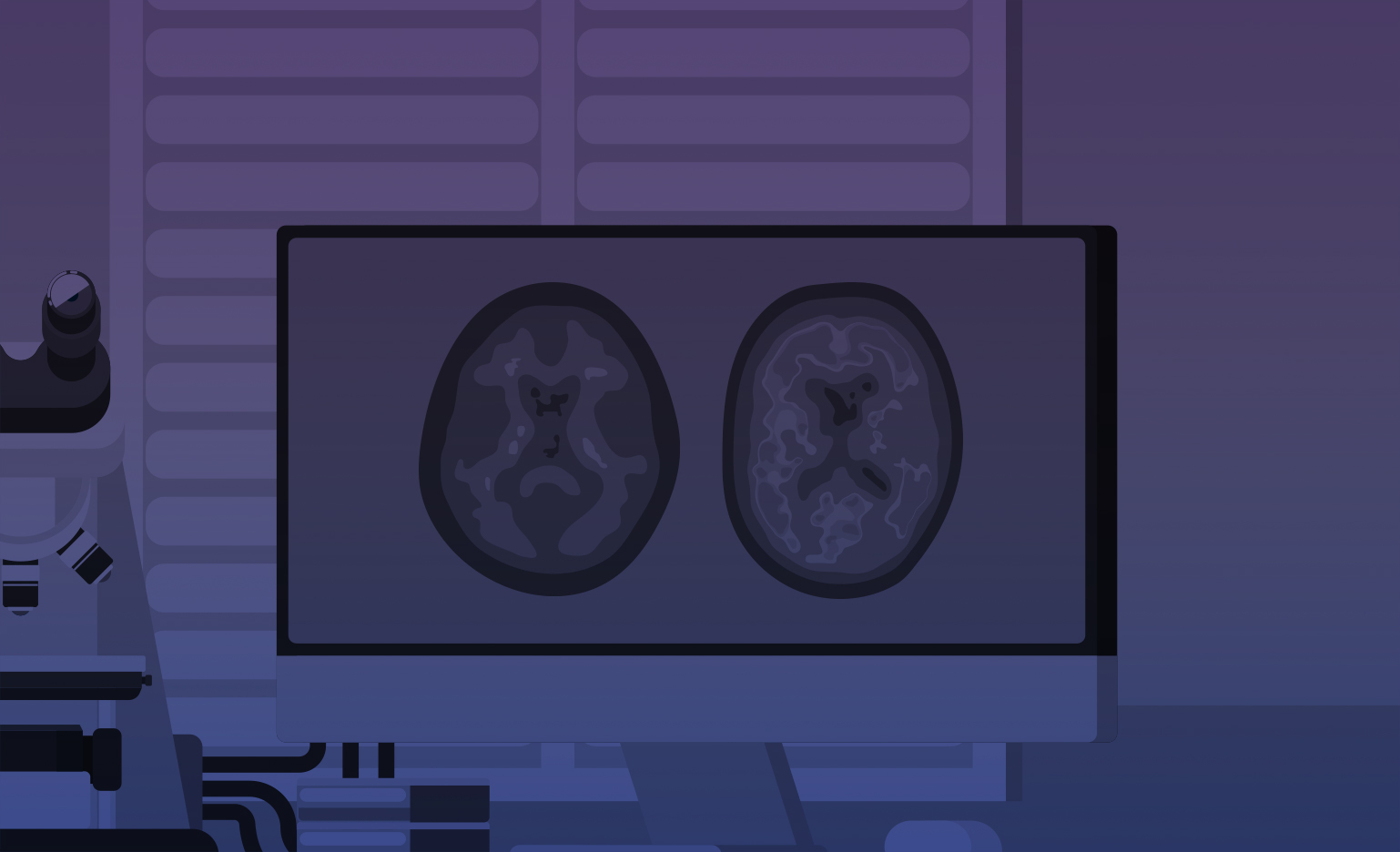The Chinese University of Hong Kong
The Chinese University of Hong Kong
Testing 17-AAG for Treating Fronto-Temporal Dementia
In many people with Fronto-Temporal Dementia (FTD), a protein called tau clumps together inside brain cells. When mutations in the gene for tau protein were put into flies and mice, tau aggregated like in human brains, and the animals developed a disease like FTD. Proteins, called chaperones, that normally help tau stay soluble and prevent it from clumping, were less abundant in the mutant mice. Geldanamycin is a drug that binds one of the chaperones and leads to degradation of insoluble tau, thus possibly helping prevent disease. 17-AAG is a less toxic derivative of geldanamycin that recently treated a mouse neurodegenerative disease by causing degradation of the mutant protein. We propose testing 17-AAG as a possible FTD treatemnt by giving it to animals with tau mutations. We have experience using flies with normal or mutant tau, as well as mice with mutant tau. We will feed the flies different doses of 17-AAG and then will measure the effects on symptoms and pathology. We will treat the mice with different doses of 17-AAG for 4 months and will then detect the effects on tau aggregation and accumulation in the brain. Successful tests could lead to human studies and a new treatment for FTD.

